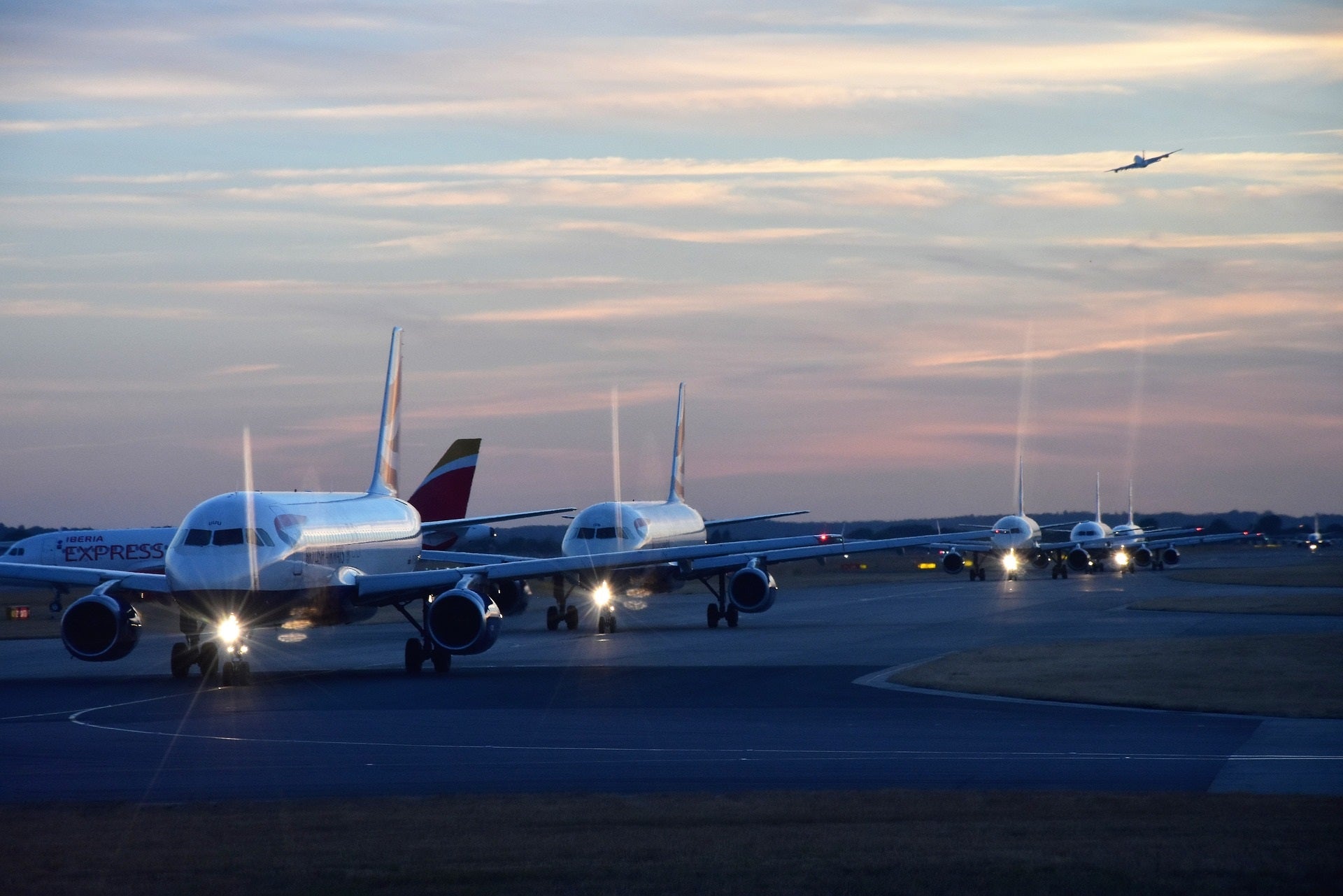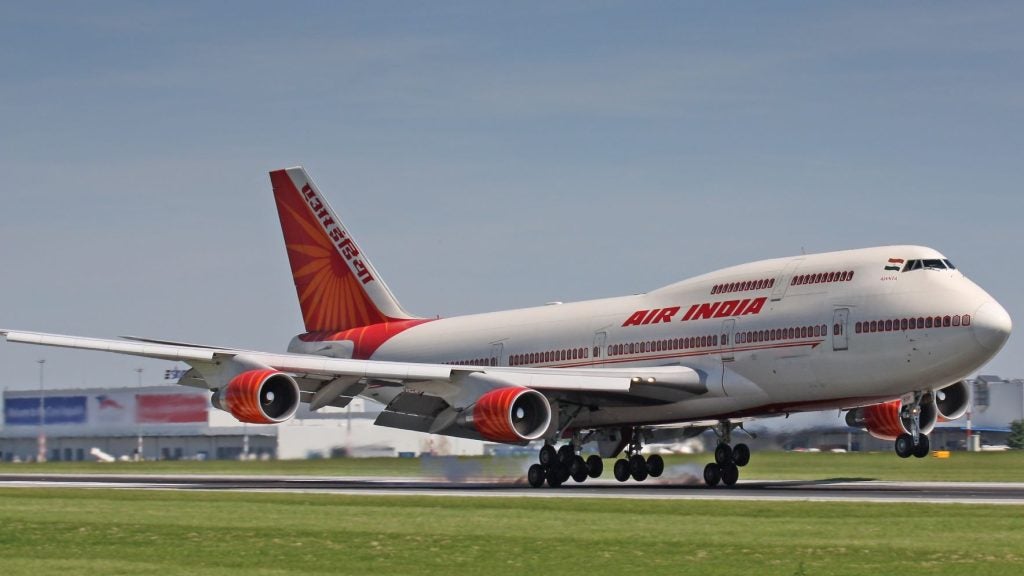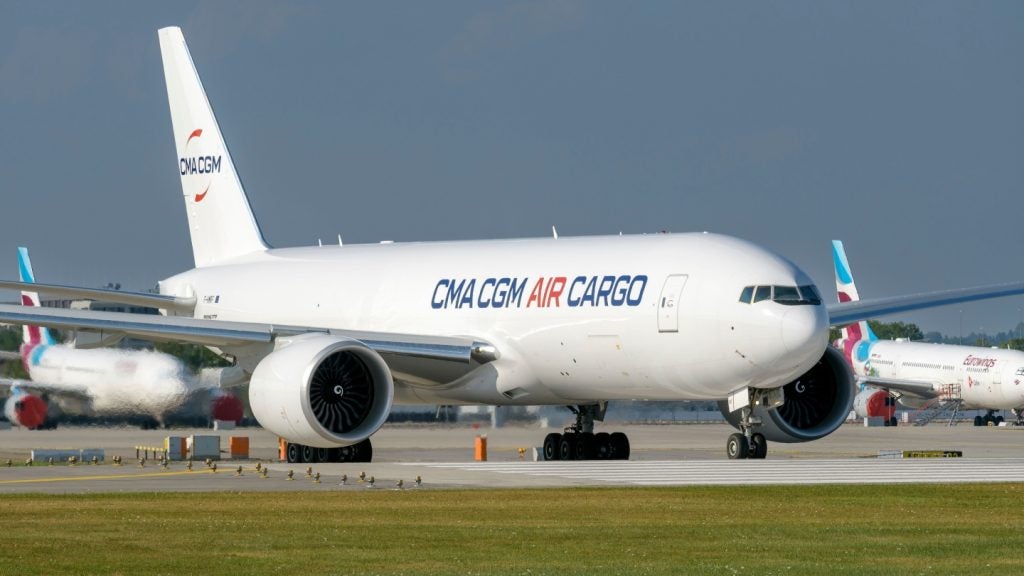
London City Airport (LCY) has installed a remote digital air traffic control (ATC) tower at its premises after testing the technology successfully during the lockdown.
With this installation, the airport is said to have become the first major international airport globally to be entirely controlled by a virtual system.
By utilising an ‘enhanced reality’ view provided by a 50m digital control tower, all flights are being directed by air traffic controllers at NATS’ air traffic control centre in Swanwick, Hampshire, UK.
Under this project, nearly 16 high-definition cameras and sensors have been deployed on the mast for capturing a 360-degree view of the airfield.
The view is then transmitted to the control room in NATS’ air traffic control centre via fibre connections.
This technology has been developed by Saab Digital Air Traffic Solutions, who trialled the system successfully at Örnsköldsvik and Sundsvall airports in Sweden.
How well do you really know your competitors?
Access the most comprehensive Company Profiles on the market, powered by GlobalData. Save hours of research. Gain competitive edge.

Thank you!
Your download email will arrive shortly
Not ready to buy yet? Download a free sample
We are confident about the unique quality of our Company Profiles. However, we want you to make the most beneficial decision for your business, so we offer a free sample that you can download by submitting the below form
By GlobalDataLondon City Airport COO Alison FitzGerald said: “We are immensely proud to become the first major international airport to adopt this pioneering technology. This investment in smart infrastructure will help us meet future growth in passenger demand, improve air traffic management and give us enhanced capability as aviation bounces back from the pandemic.
“It is also a demonstration of the commitment to innovation in the UK aviation sector and to being at the forefront of defining the future of flight. Since going operational at the end of January, the technology has worked really well and is ready for the expected increase in demand for flights as Brits book their well-deserved summer getaways.”
This investment comes after the airport completed the construction of new aircraft stands and a full-length parallel taxiway that commenced operations in December last year.
In a separate development, Edinburgh Airport (EDI) again renewed its contract with IT service management company Spinnaker Support for third-party Oracle support.
According to the airport, the software support has reduced its Oracle Database maintenance expenditure by 60%, enabling the reinvesting of the funds into remote working projects.
Meanwhile, London Stansted (STN) received Civil Aviation Authority (CAA) recognition for the Covid-related measures applied across the airport as it gears up for the return of passengers.






